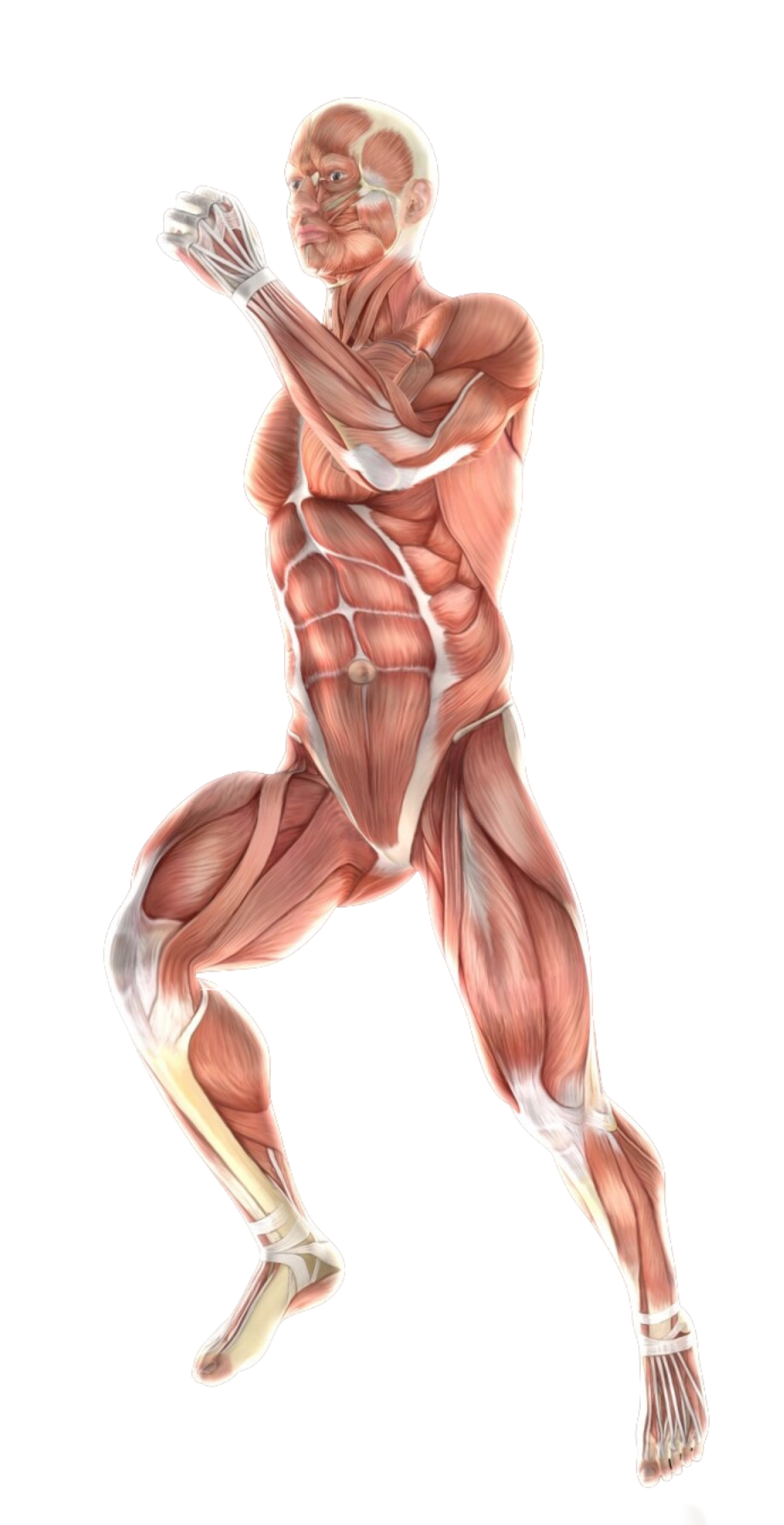- #11-13 Mount Elizabeth Medical Centre (Orchard)
- Mon Fri 9am — 6pm | Sat 9am — 12.30 pm
Scoliosis is a musculoskeletal condition characterized by an abnormal lateral (sideway) curvature of the spine. This curvature can be mild or severe, and it can affect any part of the spine, although it most commonly occurs in the thoracic (chest) and lumbar (lower back) regions. Although scoliosis can affect people of any age, it is most often diagnosed during childhood and adolescence. The severity of scoliosis is measured by the Cobb angle, which is the angle formed by the vertebrae at the apex of the curve. Scoliosis is classified based on the severity of the curve:
Scoliosis can present with a variety of symptoms, but it’s important to remember that not everyone will experience noticeable symptoms with scoliosis. In mild cases, there may be no obvious symptoms. However, some possible signs and symptoms of scoliosis may include:
Although the exact causes of scoliosis are not fully understood, certain factors may increase the risk:
Medical History and Physical Examination: A detailed medical history is taken. During the physical exam, the provider assesses whether one side of the rib cage is more prominent than the other when the patient bends forward from the waist.
Observation: For mild curves (cube angle less than 25 degrees), especially in skeletally mature individuals, regular observation with periodic x-rays may be sufficient.
Bracing: Bracing is usually the first line of treatment for moderate curves (cobb angle between 25 and 40 degrees) in growing children. The brace applies gentle pressure to the spine, with the goal of preventing further progression of the curvature.
Surgery
Surgery is usually only considered for severe curves (cubic angle of 40 degrees or more) that are progressing or causing significant health problems. Spinal fusion surgery is the most common surgical procedure.
Spinal fusion surgery involves permanently joining two or more vertebrae together using bone grafts or metal implants. This helps prevent the development of further curvature and stabilizes the spine. Different surgical techniques are available depending on the location and severity of the curve.
Surgery is a major procedure and carries potential risks and complications. It is important to discuss all options and potential risks and benefits with a health care professional to determine if surgery is the right choice for you or your child.
Scoliosis, especially for children and adolescents, can cause emotional distress and anxiety. It is important to seek help from family, friends, or a therapist to deal with any emotional challenges associated with the condition.

Spine - Neck
Shoulder & Elbow
Spine — Back
Wrist & Hand
Knee Pain
Ankle Pain
Foot Pain
Book a consultation with us for a more comprehensive diagnosis and a personalised treatment plan best suited to your needs.

Spine - Neck
Shoulder & Elbow
Spine — Back
Wrist & Hand
Knee
Ankle
Foot